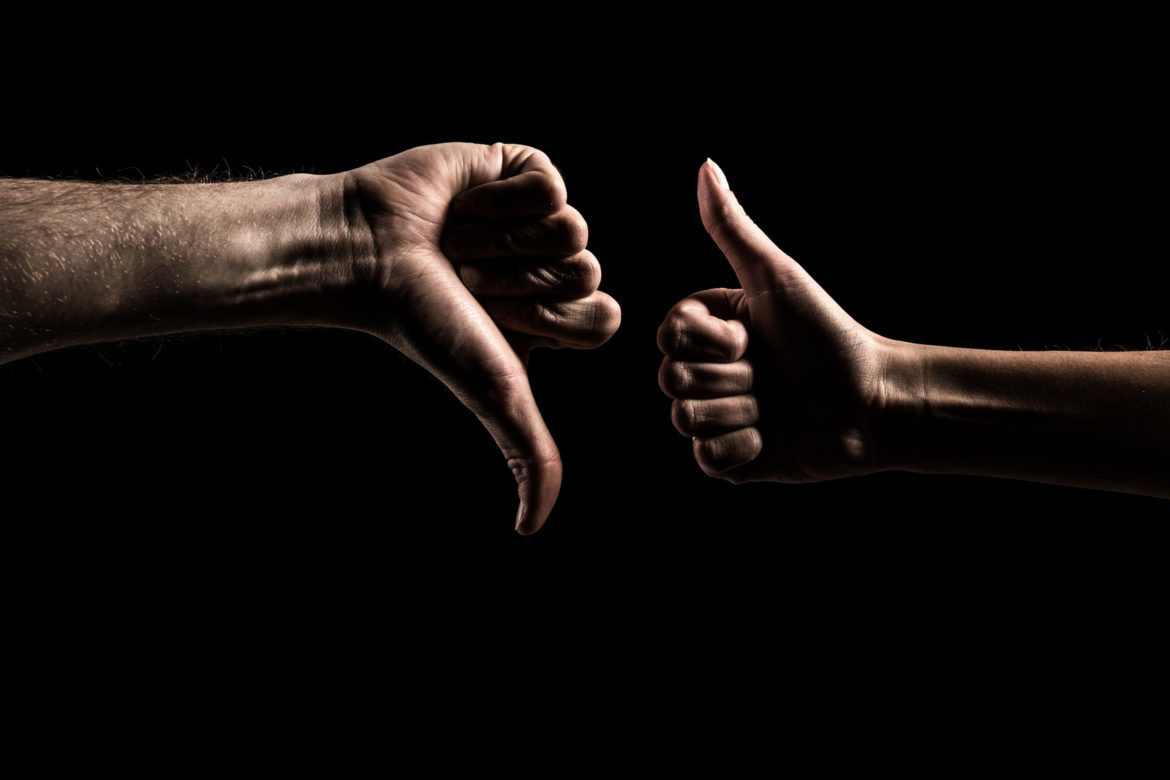|
Getting your Trinity Audio player ready...
|
Before social media, the majority of journalists were known only by the publications they worked for. But as publishers came to rely on social networks to distribute their content, and journalists pushed out their own content and opinions, many have developed their own personal brand.
Is this a positive step toward protecting and empowering underrepresented voices? Or does it risk crossing the line of impartiality?
Takeaways
- Veteran New York Times reporter Maggie Haberman and The Washington Post’s internet culture reporter Taylor Lorenz got into a Twitter fight this month over the importance of building a personal brand. The spark for the spat was an article in Business Insider that said the New York Times is having problems retaining staff because of its prohibition of outside projects.
- Lorenz was quoted in the article as saying, “The longer you stay at a job that restricts you from outside opportunities, the less relevant your brand becomes.” Habberman dismissed the brand idea as nothing more than, “the desire of some folks to get more attention?”
- Writing on her Medium page, NYU journalism professor Elizabeth Spiers took the side of Lorenz and said of Haberman:
She also has no idea what it’s like to face the kind of job insecurity people Lorenz’s age do, and barring some… scandal will never ever be fired or laid off by the Times.
Precarious profession
- The level of engagement the discussion gained among the journalism community on Twitter is possibly an indication of how precarious some journalists feel in their profession at the moment. There are few publications that offer real job security, and many more going through the layoff process.
- Spiers also points out that, although an award winning journalist in her own right, Haberman’s father was an NYT journalist. She compares her ‘headstart’ to the start Lorenz had as an outsider rising to prominence only as the result of serious online harassment following her coverage of Silicon Valley.
- For Lorenz the idea of a brand isn’t just about attention. Writing for Nieman Reports, Julia Craven says Lorenz sees a personal brand providing ‘leverage independent of an institution’ and a measurable demonstration of a journalist’s reach. This can provide protection in the case of harassment, but also opportunity, attracting the attention of publishers that want to access individual reach.
The downside
Where things can get messy is when a journalist’s agenda for their professional brand and that of the publication they work for don’t align, especially when there is a promotional element.
Gawker has recently run a long expose on problems at The Cut, an online offshoot of the New York Magazine. The article highlights the case of former staffer Andrew Ngyuen who was fired by the magazine for participating in a video shoot for the consumer brand Target.
The firing highlighted previous cases where approval had been given for staff to participate in sponsored content projects. Fashion journalist Amy Odell told Gawker:
It’s really natural for editors at many publications to be fielding these offers for sponsored content — and I can understand financially why they would want to accept them.
But recognising the potential conflict she also said:
I can understand why managers would think that there was an ethical concern.
The lesson for publishers seems to be to have clear guidelines on what journalists can and cannot do regarding their personal brands and to apply them evenly.
This piece was originally published in Spiny Trends and is re-published with permission. Spiny Trends is a division of Spiny.ai, a content analytics and revenue generation platform for digital publishers. For weekly updates and analysis on the industry news you need as a media and publishing business, subscribe to Spiny’s Trends weekly email roundup here.


